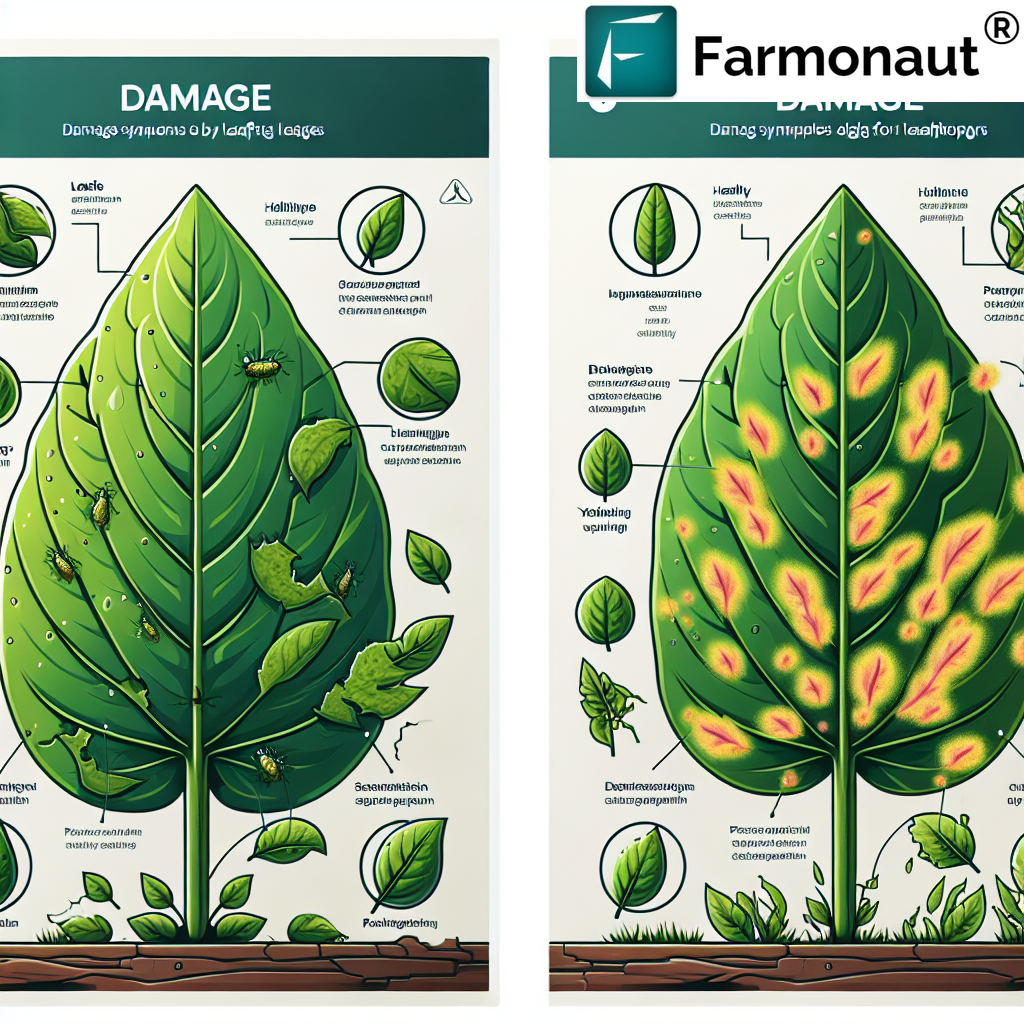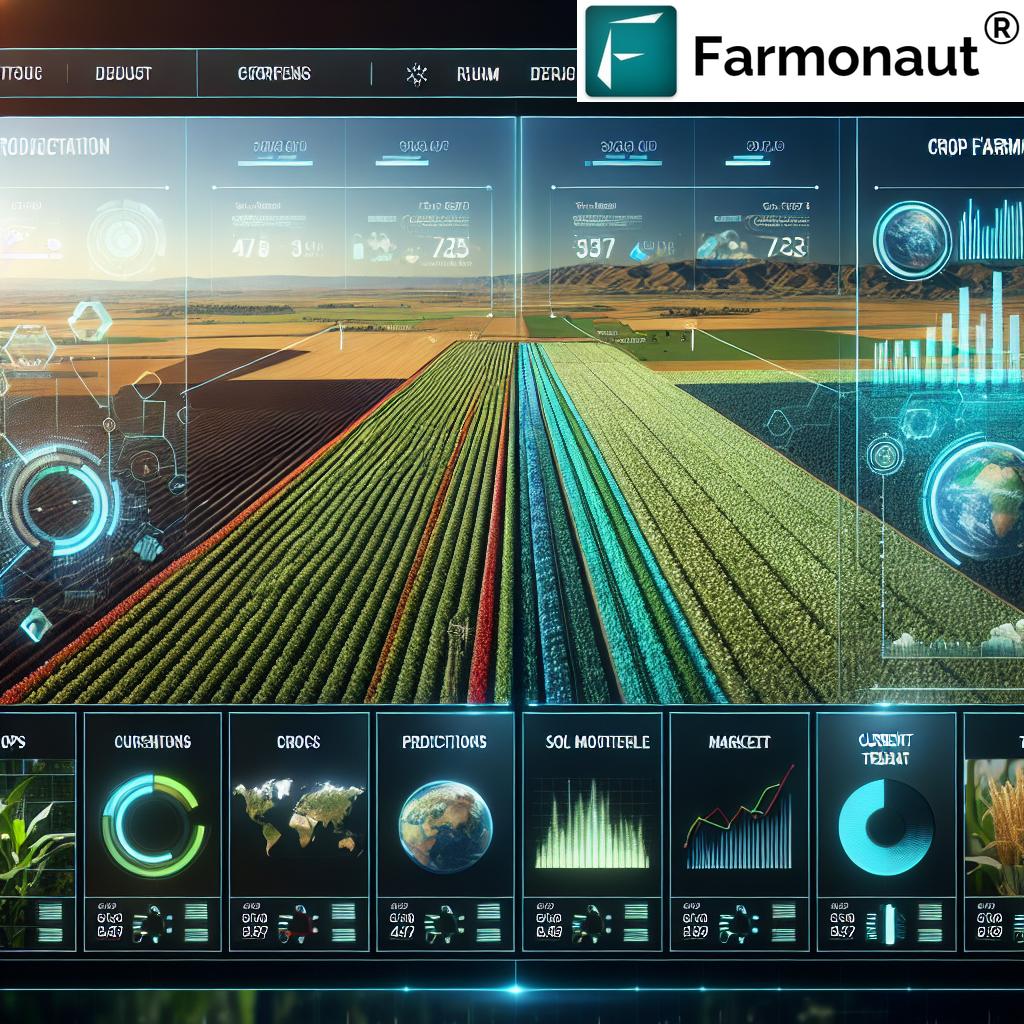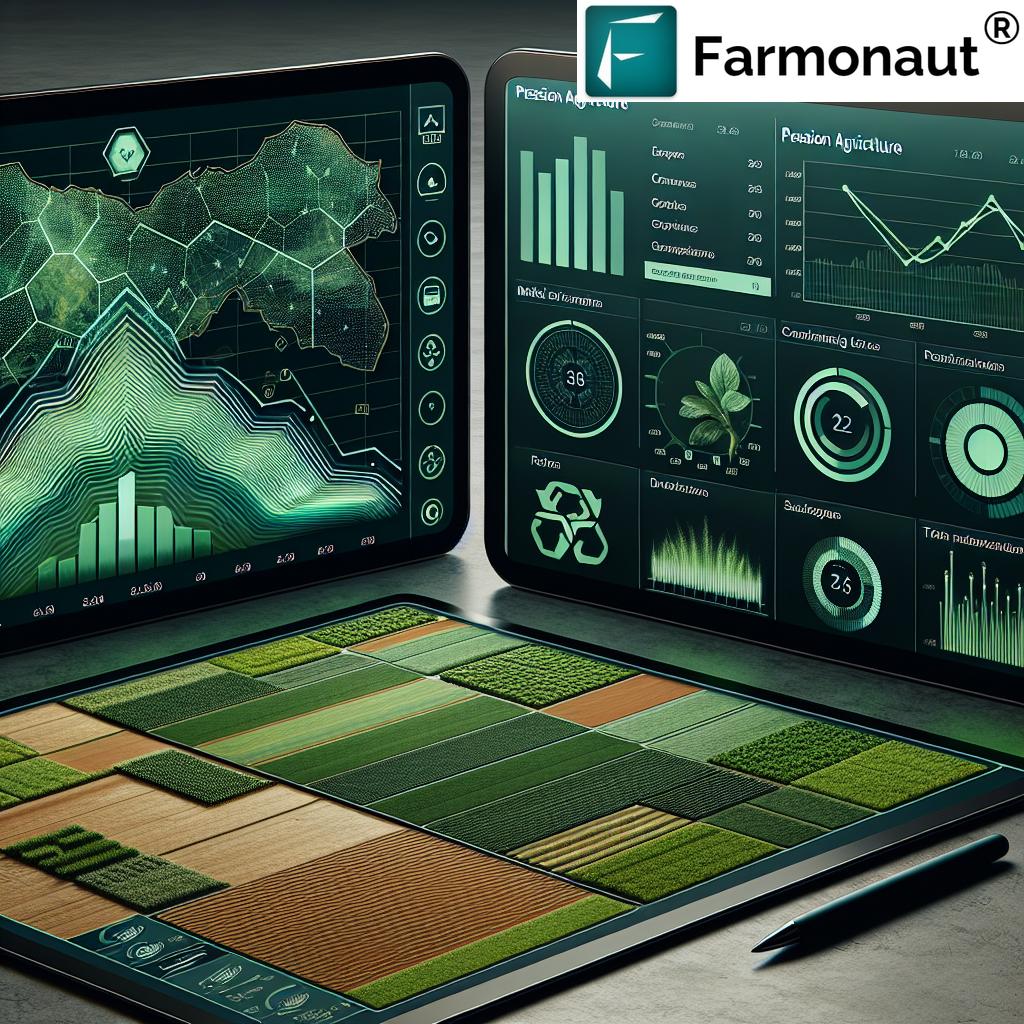Revolutionizing Australian Wine Exports: GIS-Driven Sustainable Winegrowing for Global Markets
“Australian wine exports reach over 100 countries, with China, US, and EU being key markets.”
Welcome to our comprehensive guide on Australian wine exports and sustainable winegrowing practices. In this article, we’ll explore the dynamic world of Australian wines and their impact on global markets. From the sun-drenched vineyards of South Australia to the cool-climate regions of Tasmania, we’ll uncover how innovative technologies like Geographic Information Systems (GIS) are transforming the wine industry Down Under.
The Australian Wine Market: A Global Powerhouse
Australia has long been recognized as a major player in the global wine industry. With its diverse climate zones and unique terroir, the country produces a wide array of grape varieties and wine styles that have captured the attention of wine enthusiasts worldwide. Let’s delve into the key aspects that make Australian wines stand out in the international market.
- Diverse grape varieties
- Unique terroir and climate conditions
- Innovative winemaking techniques
- Strong focus on sustainability
As we navigate through the intricacies of Australian wine exports, we’ll explore how cutting-edge technologies like GIS are revolutionizing sustainable winegrowing practices. But first, let’s take a closer look at the grape varieties that form the backbone of Australia’s wine industry.
Australian Grape Varieties: A Tapestry of Flavors
Australia’s wine regions are home to a diverse range of grape varieties, each contributing to the country’s rich viticultural tapestry. From classic European varieties to unique Australian cultivars, the country’s vineyards produce an impressive array of wines to suit every palate.
- Shiraz: Australia’s flagship red grape, known for its bold, spicy character
- Cabernet Sauvignon: Producing elegant, structured wines
- Chardonnay: Versatile white grape, ranging from crisp to rich styles
- Riesling: Thriving in cool-climate regions, known for its aromatic qualities
- Grenache: Gaining popularity for its fruity, approachable style
- Semillon: A specialty of the Hunter Valley, producing age-worthy whites
These grape varieties form the foundation of Australia’s wine export success, with each region showcasing its unique terroir through distinctive wine styles.

Geographical Indications: Protecting Australian Wine Regions
Geographical Indications (GIs) play a crucial role in preserving the integrity and reputation of Australian wines. These legally protected names identify wines as originating from specific regions, ensuring that consumers can trust the authenticity and quality of the product they’re purchasing.
Some of Australia’s most renowned wine GIs include:
- Barossa Valley
- Margaret River
- Hunter Valley
- Yarra Valley
- Coonawarra
- Clare Valley
By protecting these geographical indications, Australia safeguards its wine heritage and maintains the distinctive character of its regional wines in the global market.
Sustainable Winegrowing: A Commitment to the Future
Sustainability has become a cornerstone of Australian winegrowing practices. Winemakers across the country are adopting environmentally friendly techniques to reduce their carbon footprint and preserve the land for future generations. This commitment to sustainability is not only beneficial for the environment but also adds value to Australian wines in the global marketplace.
“GIS technology in Australian viticulture has increased sustainable wine production by up to 30% in some regions.”
Let’s explore some of the key sustainable practices being implemented in Australian vineyards:
- Water conservation techniques
- Organic and biodynamic farming
- Integrated pest management
- Renewable energy use in wineries
- Biodiversity preservation
These practices not only contribute to environmental conservation but also enhance the quality and unique character of Australian wines.
GIS in Viticulture: Precision Farming for Quality Wines
Geographic Information Systems (GIS) have revolutionized the way Australian vineyards operate. By leveraging satellite imagery and data analytics, winemakers can make more informed decisions about vineyard management, leading to improved wine quality and sustainability.
Here’s how GIS is transforming Australian viticulture:
- Precise mapping of vineyard blocks
- Monitoring of soil conditions and moisture levels
- Early detection of pest and disease outbreaks
- Optimization of irrigation systems
- Yield prediction and harvest planning
One company at the forefront of this technological revolution is Farmonaut. Their satellite-based farm management solutions are helping Australian winemakers embrace precision agriculture, making it more accessible and affordable.
Farmonaut’s platform offers real-time crop health monitoring, AI-based advisory systems, and resource management tools that are particularly valuable for sustainable winegrowing. By integrating these technologies, Australian winemakers can optimize their operations and produce high-quality wines while minimizing environmental impact.
Wine Labelling Requirements: Navigating Regulations
Proper labelling is crucial for Australian wines in the export market. Compliance with labelling regulations ensures that consumers receive accurate information about the product and helps maintain Australia’s reputation for quality and transparency.
Key elements of Australian wine labels include:
- Product name and alcohol content
- Geographical indication
- Vintage (if applicable)
- Volume of contents
- Name and address of producer/bottler
- Allergen information
- Standard drinks statement
It’s essential for exporters to familiarize themselves with the specific labelling requirements of their target markets, as these can vary significantly between countries.
Organic Wine Production: Meeting Global Demand
The demand for organic wines has been steadily increasing in recent years, and Australian winemakers are responding to this trend. Organic wine production involves growing grapes without the use of synthetic pesticides, herbicides, or fertilizers, and minimizing intervention in the winemaking process.
Benefits of organic wine production include:
- Improved soil health and biodiversity
- Reduced environmental impact
- Potential health benefits for consumers
- Premium pricing in the market
- Alignment with consumer values
As organic certification processes can be rigorous, Australian winemakers are leveraging technologies like Farmonaut’s satellite monitoring to ensure compliance and optimize their organic farming practices.
Wine Export Regulations: Navigating the Global Market
Exporting Australian wines involves navigating a complex web of regulations, both domestically and in target markets. Understanding and complying with these regulations is crucial for successful wine exports.
Key aspects of wine export regulations include:
- Licensing and registration requirements
- Product approval processes
- Tariffs and duties
- Quota systems
- Health and safety standards
Australian wine exporters must work closely with regulatory bodies such as Wine Australia to ensure compliance with all relevant regulations.
Wine Export Documentation: Ensuring Smooth Shipments
Proper documentation is essential for the smooth export of Australian wines. Accurate and complete paperwork helps prevent delays at customs and ensures compliance with international trade regulations.
Key documents for wine exports include:
- Commercial invoice
- Bill of lading or airway bill
- Certificate of origin
- Export license
- Health certificates
- VI-1 form (for exports to the EU)
Exporters can streamline their documentation processes by using digital tools and platforms that integrate with customs systems.
Wine Shipping Process: From Vineyard to Global Markets
The journey of Australian wines from the vineyard to international markets involves several crucial steps. Understanding this process helps exporters ensure their products reach consumers in optimal condition.
Key stages in the wine shipping process:
- Packaging and labelling
- Temperature-controlled storage
- Customs clearance
- Transportation (sea, air, or land)
- Import procedures in destination countries
- Distribution to retailers or consumers
Efficient logistics and careful handling throughout the shipping process are essential for maintaining wine quality and integrity.
Wine Blending Techniques: Crafting Unique Australian Styles
Wine blending is an art that allows Australian winemakers to create unique and complex wines that showcase the best characteristics of different grape varieties and regions. This practice contributes to the diversity and appeal of Australian wines in the global market.
Common blending techniques include:
- Varietal blending (e.g., Shiraz-Cabernet)
- Regional blending
- Vintage blending
- Barrel selection blending
By mastering these techniques, Australian winemakers can create wines that stand out in the competitive international market.

Wine Additives Regulations: Ensuring Quality and Safety
The use of additives in winemaking is strictly regulated to ensure the quality, safety, and authenticity of Australian wines. These regulations help maintain consumer trust and comply with international standards.
Common wine additives and their purposes:
- Sulfur dioxide (preservative)
- Fining agents (clarification)
- Tartaric acid (acidity adjustment)
- Enzymes (flavor enhancement)
- Yeast nutrients (fermentation aid)
Australian winemakers must adhere to both domestic and international regulations regarding wine additives, particularly when exporting to markets with stringent requirements.
Wine Origin Certification: Protecting Authenticity
Origin certification is crucial for protecting the authenticity and reputation of Australian wines in the global market. This process verifies that wines are produced in specific regions and meet certain quality standards.
Key aspects of wine origin certification:
- Geographical Indication (GI) compliance
- Varietal and vintage truthfulness
- Production method verification
- Traceability throughout the supply chain
Technologies like blockchain and satellite monitoring, offered by companies like Farmonaut, are increasingly being used to enhance the traceability and authenticity of Australian wines.
Wine Export Volume: Australia’s Global Reach
Australia’s wine export volume reflects its significant presence in the global wine market. Understanding these figures helps gauge the industry’s performance and identify growth opportunities.
Key statistics on Australian wine exports:
- Total export volume
- Top export destinations
- Growth trends in emerging markets
- Breakdown by wine style and price point
Analyzing export volumes helps winemakers and exporters make informed decisions about production and market targeting.
Wine Sustainability Practices: Eco-Friendly Innovations
Sustainability is at the forefront of Australian winegrowing, with many producers implementing eco-friendly practices to reduce their environmental impact and meet consumer demand for sustainable products.
Innovative sustainability practices in Australian vineyards:
- Water-efficient irrigation systems
- Solar-powered wineries
- Carbon sequestration in vineyard soils
- Biodiversity corridors
- Lightweight bottle designs
These practices not only benefit the environment but also contribute to the quality and marketability of Australian wines.
Wine Export Markets: Targeting Global Consumers
Australian wines have found success in diverse markets around the world. Understanding the preferences and regulations of these markets is crucial for exporters looking to expand their global reach.
Key export markets for Australian wines:
- China
- United States
- United Kingdom
- Canada
- European Union
- Japan
Each market presents unique opportunities and challenges, requiring tailored marketing and distribution strategies.
GIS-Driven Winegrowing Benefits with Farmonaut Satellite System
| Winegrowing Aspect | Traditional Methods | With Farmonaut Satellite System |
|---|---|---|
| Water Management | Manual irrigation scheduling | Precise soil moisture monitoring and automated irrigation recommendations |
| Pest Detection | Visual inspection, reactive treatment | Early detection capabilities, reducing pesticide use by an estimated 30% |
| Yield Prediction | Accuracy of ±20% | Improved accuracy to ±5% using Farmonaut’s analysis |
| Terroir Mapping | Limited, manual soil sampling | Comprehensive, high-resolution mapping of soil variability across vineyards |
As demonstrated in the table above, Farmonaut’s satellite system offers significant advantages in sustainable winegrowing practices, enhancing efficiency, quality, and environmental stewardship in Australian vineyards.
Emissions Reduction in Australian Vineyards
Reducing greenhouse gas emissions is a priority for the Australian wine industry. Wineries and vineyards are implementing various strategies to lower their carbon footprint and contribute to global climate change mitigation efforts.
Emissions reduction initiatives include:
- Energy-efficient winery equipment
- Renewable energy adoption
- Sustainable packaging solutions
- Carbon offset programs
- Precision viticulture to optimize resource use
These efforts not only benefit the environment but also resonate with environmentally conscious consumers in global markets.
Digital Innovation in Wine Marketing
The digital landscape has transformed wine marketing, offering new ways for Australian producers to connect with global consumers and showcase their products.
Digital marketing strategies for Australian wines:
- Social media campaigns
- Virtual wine tastings
- E-commerce platforms
- Augmented reality wine labels
- Influencer partnerships
By embracing digital innovation, Australian wine exporters can reach new audiences and create engaging experiences that drive brand loyalty.
Wine Tourism: Showcasing Australian Vineyards
Wine tourism plays a crucial role in promoting Australian wines and creating lasting connections with consumers. Visitors to Australian wine regions can experience firsthand the unique terroir and winemaking traditions that make Australian wines special.
Popular wine tourism activities:
- Cellar door tastings
- Vineyard tours
- Wine and food pairing experiences
- Harvest festivals
- Wine education workshops
Wine tourism not only boosts direct sales but also creates brand ambassadors who share their experiences with others, driving international demand for Australian wines.
The Future of Australian Wine Exports
As we look to the future, the Australian wine industry is well-positioned to continue its success in the global market. By embracing innovation, sustainability, and quality, Australian winemakers are creating wines that resonate with consumers around the world.
Key factors shaping the future of Australian wine exports:
- Continued focus on sustainability and organic production
- Adoption of advanced technologies like GIS and AI
- Expansion into emerging markets
- Adaptation to changing consumer preferences
- Development of unique Australian wine styles
With these strategies in place, Australian wines are set to maintain their position as leaders in the global wine market.
Conclusion
The Australian wine industry’s commitment to innovation, sustainability, and quality has positioned it as a global leader in wine exports. From the integration of GIS technology in viticulture to the adoption of sustainable winegrowing practices, Australian winemakers are continuously evolving to meet the demands of the international market.
As we’ve explored in this comprehensive guide, the success of Australian wine exports relies on a combination of factors, including:
- Diverse grape varieties and unique terroir
- Stringent quality control and origin certification
- Adherence to international regulations and standards
- Innovative marketing and distribution strategies
- Commitment to sustainability and environmental stewardship
By leveraging these strengths and embracing new technologies like those offered by Farmonaut, Australian wine producers are well-equipped to navigate the challenges of the global wine market and continue to delight wine enthusiasts around the world with their exceptional products.
FAQs
- What are the main grape varieties grown in Australia?
Australia grows a wide range of grape varieties, with Shiraz, Cabernet Sauvignon, Chardonnay, and Merlot being among the most popular. - How does GIS technology benefit Australian winegrowers?
GIS technology helps winegrowers optimize irrigation, monitor crop health, predict yields, and manage resources more efficiently. - What are the key export markets for Australian wines?
The main export markets for Australian wines include China, the United States, the United Kingdom, and Canada. - What sustainability practices are common in Australian vineyards?
Common sustainability practices include water conservation, organic farming, integrated pest management, and renewable energy use. - How can I verify the authenticity of an Australian wine?
Look for the wine’s Geographical Indication (GI) on the label and check for certification marks from regulatory bodies like Wine Australia.
















